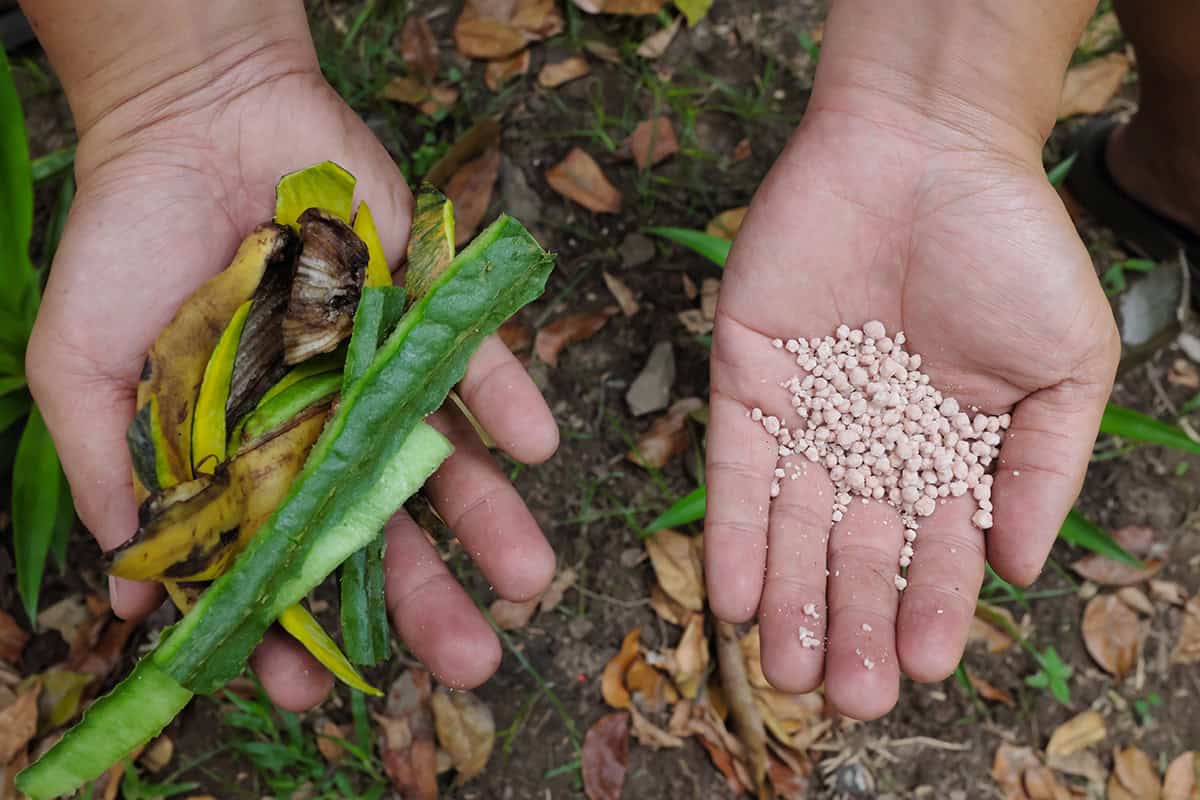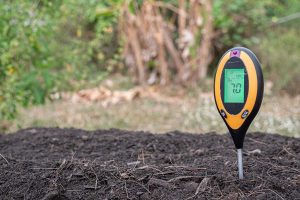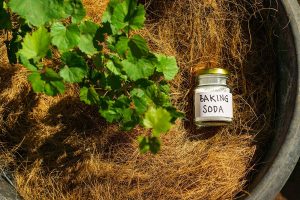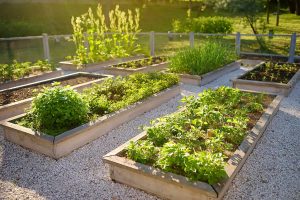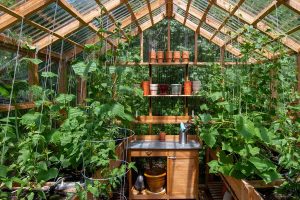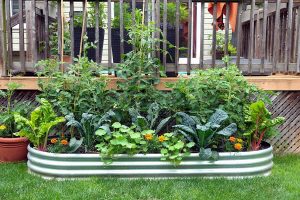Fertilizers can make or break your garden, but choosing between organic and chemical options can feel like a debate with no end. Don’t stress—we’ll walk you through the pros and cons so you can decide with confidence.
Table of Contents
What Are Organic Fertilizers?
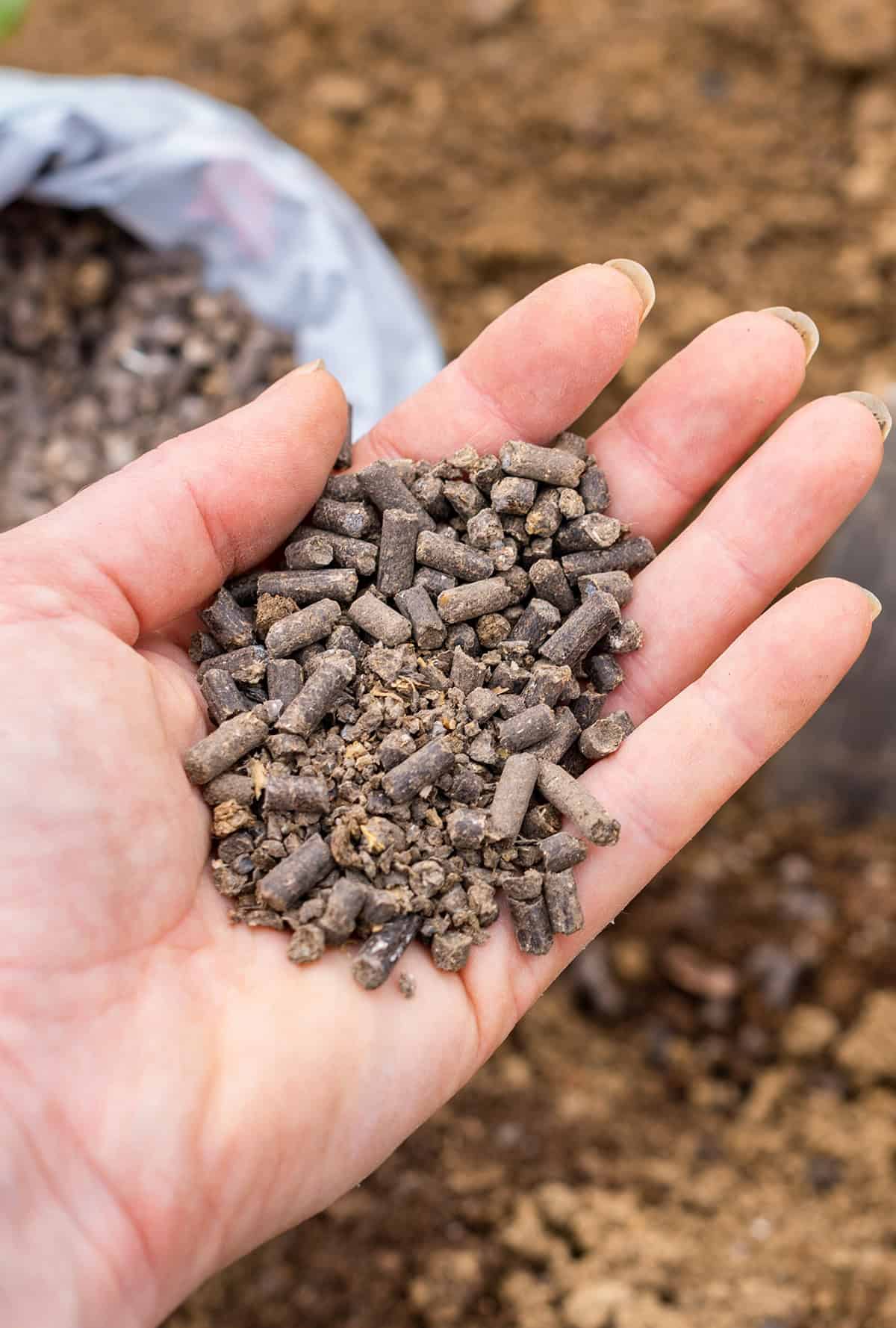
Organic fertilizers are made from natural stuff—things like animal by-products or plant matter. They don’t just feed your plants; they also help your soil get healthier, bit by bit, as nutrients are released over time. That’s part of why gardeners like them for long-term soil health and structure.
Common Types of Organic Fertilizers
There’s a whole range of organic fertilizers out there. Manure’s a classic, coming straight from livestock waste. Bone meal and blood meal are animal by-products, each with their own nutrient mix. Fish emulsion and feather meal pop up a lot too, offering different blends of nutrients.
Animal-based fertilizers deliver essentials like nitrogen, phosphorus, and potassium. Plant-based ones—compost and seaweed, for example—bring in a mix of micronutrients and add organic matter. Not every type is the same: some are better for leafy growth, others for roots.
They’re usually less concentrated than synthetic fertilizers, but you get a broader range of trace minerals and other good stuff.
How Organic Fertilizers Work
Organic fertilizers depend on soil life to do their job. When you spread them, microbes start breaking things down, slowly releasing nutrients your plants can use. This can take weeks or even months, depending on conditions.
The slow release helps prevent nutrient leaching or plant burn. Plus, it encourages earthworms and beneficial microbes to thrive. As these critters work, your soil’s structure and its ability to hold water tend to get better, too.
You might not see instant results with organics. But over time, you’ll notice sturdier, healthier plants as your soil improves.
What Are Chemical Fertilizers?
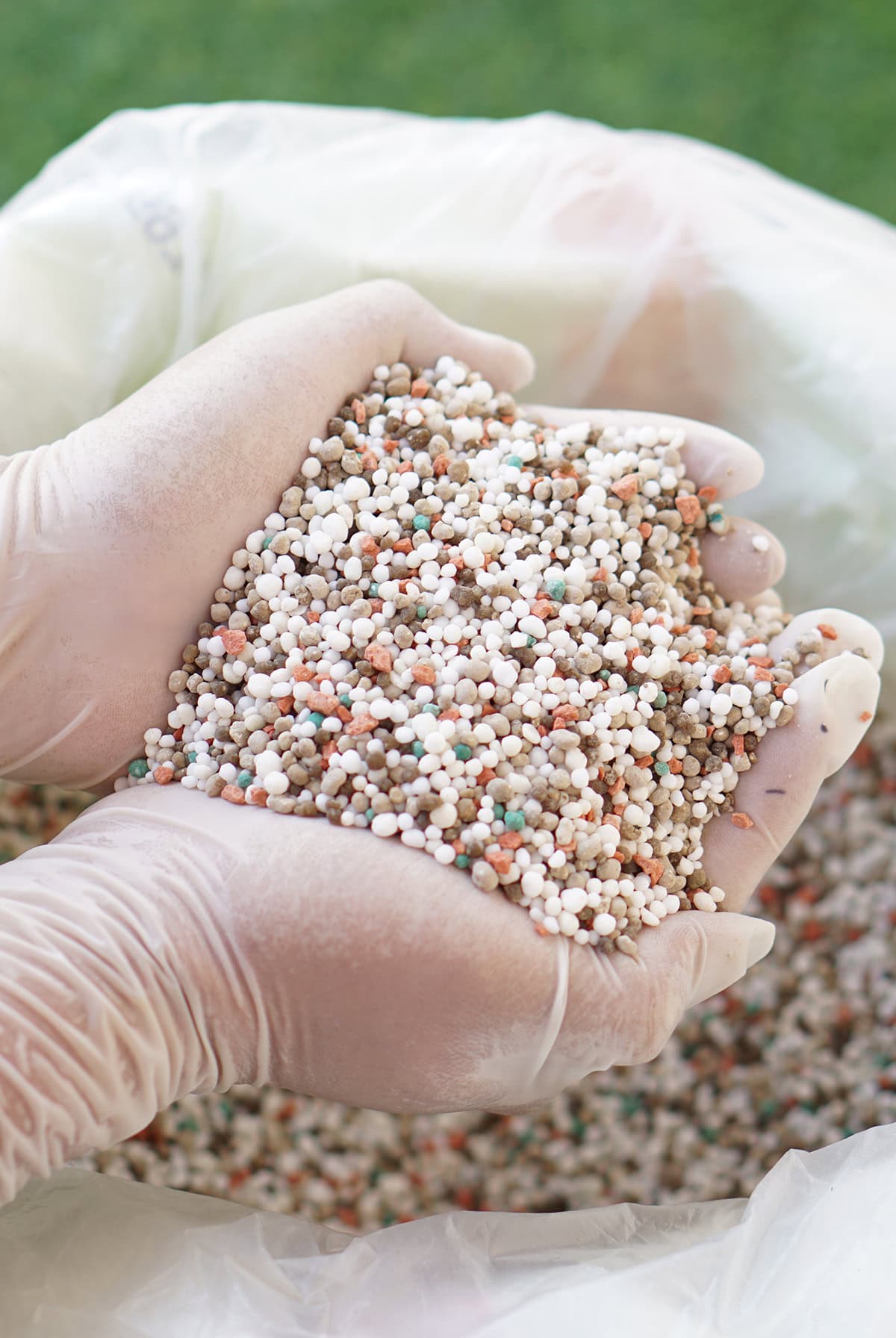
Chemical fertilizers are made from minerals or other non-organic sources. They’re designed to supply nutrients fast and in specific amounts—handy if you want quick results.
Common Types of Chemical Fertilizers
Most chemical fertilizers fall into three main categories: nitrogen, phosphorus, and potassium—often labeled N, P, and K. Nitrogen’s for green leaves, phosphorus helps roots and flowers, and potassium boosts disease resistance and general plant strength.
You’ll spot plenty of blends combining these nutrients. They come as granules, powders, or liquids. Some formulas act fast, others are slow-release for a more gradual effect.
Urea’s a common one, along with ammonium nitrate and superphosphate. They’re processed so plants can absorb nutrients right away.
How Chemical Fertilizers Work
Apply a chemical fertilizer and it dissolves in the soil’s moisture, making nutrients available almost instantly. That’s why you see such a quick reaction in plant growth.
Everything dissolves fully in water, which means nutrients get to the roots fast—but there’s also the risk of leaching if it rains a lot or you overwater.
Plants don’t really care if a nutrient is synthetic or natural. They’ll use whatever’s there. Chemical fertilizers make it easy to fix specific deficiencies by adding exactly what’s missing.
Key Differences Between Organic and Chemical Fertilizers
Your choice between organic and chemical fertilizers really shapes your plants’ growth and the condition of your soil over time. Each brings its own set of benefits, drawbacks, and environmental impacts.
Nutrient Content
Chemical fertilizers give you precise, predictable nutrient levels—those N-P-K numbers on the bag tell you exactly what you’re getting. That’s useful if you want to dial in specific nutrients fast.
Organic fertilizers, made from plant or animal sources like compost or manure, have more variable nutrient levels and usually lower concentrations. On the upside, they often supply a wider range of trace minerals, which can matter if your soil’s missing something subtle.
Release Speed
Chemical fertilizers work fast—the nutrients are water-soluble and ready for roots to take up right away. Handy if you spot a deficiency and want to fix it quickly.
With organics, the release is slower. Soil microbes have to break things down first, so nutrients trickle out over time. That’s great for steady growth, but not if you need immediate results. Weather and soil conditions can make this process faster or slower, too.
Soil Health Impact
Adding organic fertilizers tends to improve soil over the long haul—more organic matter, better aeration, and a boost for soil microbes. This pays off in better water retention and stronger, more resilient plants.
Chemical fertilizers don’t add organic matter or help soil structure. Heavy, repeated use might even reduce beneficial microbes and hurt soil tilth. You just don’t get the same long-term improvements as with organic amendments.
Environmental Effects
Chemical fertilizer runoff can pollute streams, lakes, and even groundwater. Overdoing it leads to nutrient imbalances, algae blooms, and sometimes contaminated drinking water. Timing and careful application help, but the risk is always there.
Organics are usually seen as more eco-friendly, especially if sourced locally. They recycle waste and cut down on manufacturing, though over-applying can still cause runoff. Their slower nutrient release tends to mean fewer big spikes of nutrients washing into waterways.
Pros and Cons of Organic Fertilizers
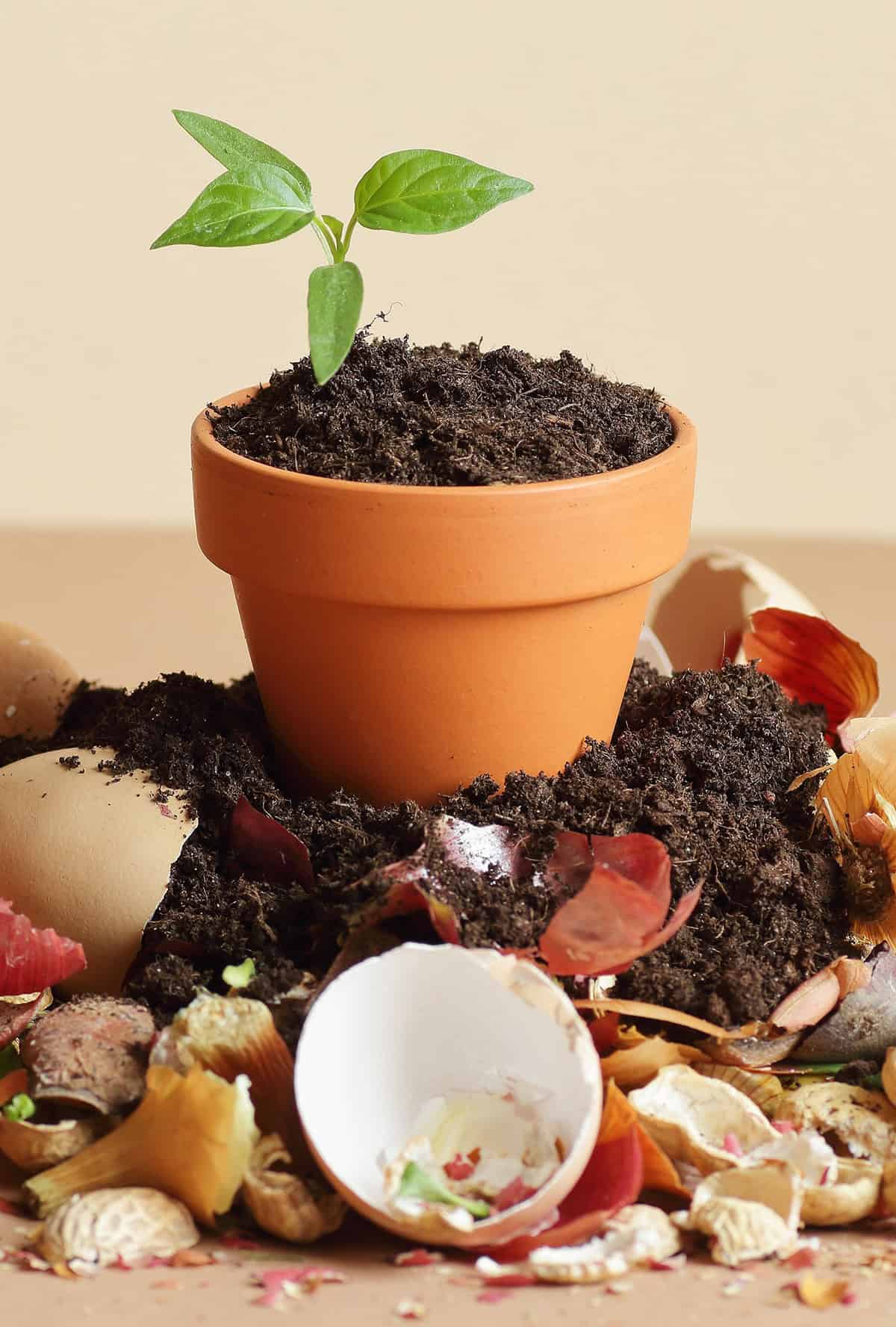
Organic fertilizers give you nutrients from plant, animal, or mineral sources, but in lower concentrations than synthetics. They work as soil organisms break them down, so patience is a must.
Your soil gets better structure and more organic matter, which helps it hold water and supports good microbes.
Since nutrients are released slowly, there’s less risk of burning your plants. Lawns and gardens get a steady supply, not a sudden rush.
Some organic fertilizers pack more phosphorus than your plants really need, which can build up if you’re not careful. It’s worth matching what you apply to what your soil actually needs.
Applying organics can take more effort. You might need bigger amounts to meet plant demands, which isn’t always convenient.
Quality and nutrient content can vary a lot. Results depend on the specific material and how well it breaks down in your soil.
Choosing organic options helps cut down on manufactured products and supports more sustainable gardening. Still, it’s smart to check labels and adjust rates to avoid environmental hiccups.
Pros and Cons of Chemical Fertilizers
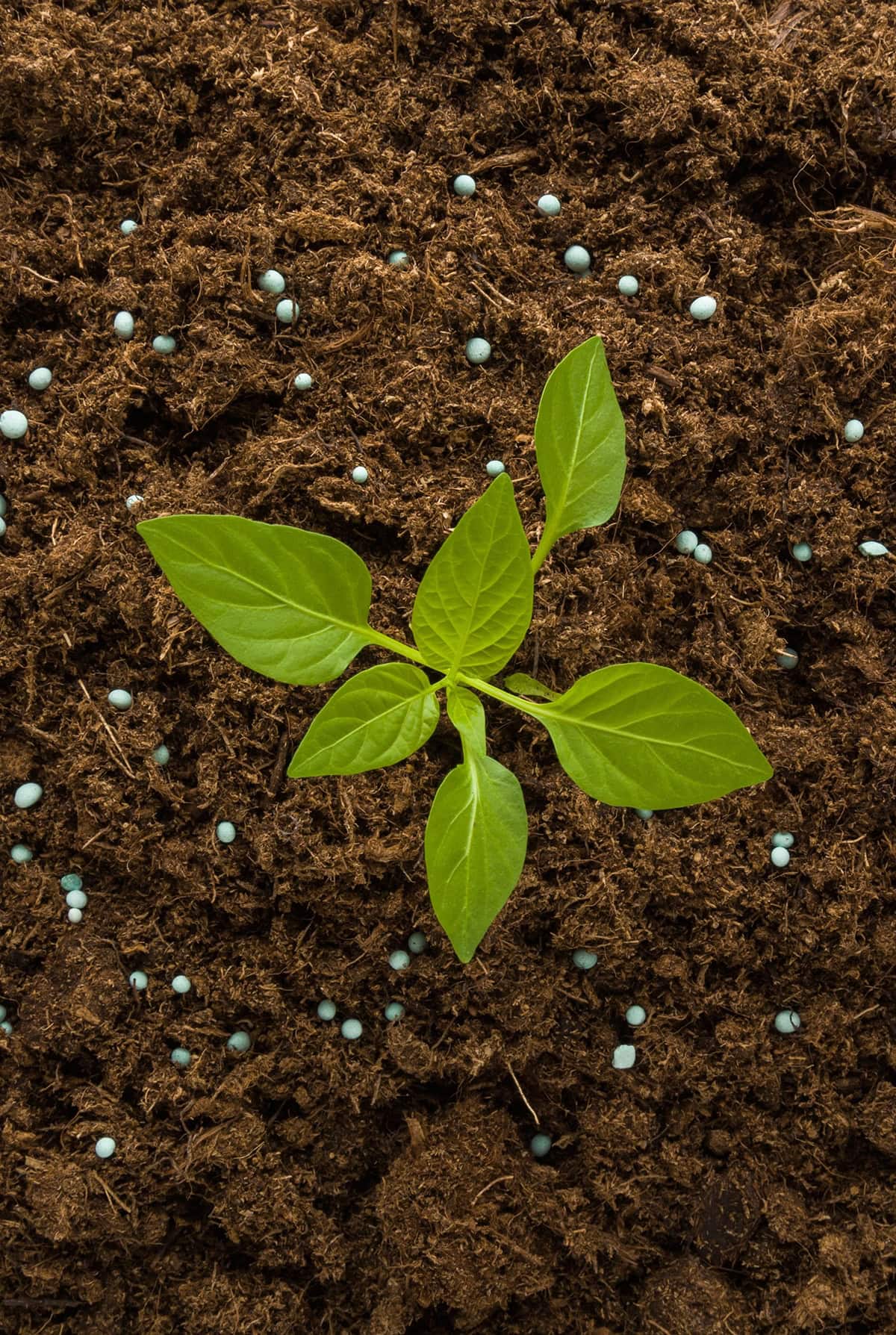
Chemical fertilizers deliver nutrients in concentrated, predictable doses. Your plants get a quick shot of nitrogen, phosphorus, or potassium, which usually means fast growth and visible results.
Gardeners like them for their speed and consistency. Just follow the directions for mixing and application, and you can target whatever your soil’s missing.
But there are downsides. Overusing chemical fertilizers can damage soil health—natural structure suffers, and earthworms or helpful microbes might dwindle.
Too much can also threaten water supplies. Excess nutrients can leach into groundwater or run off into rivers, fueling algae blooms and other problems.
Some chemical fertilizers skip trace elements, so you might need to supplement for full soil health. Repeated use can lead to residue buildup, which isn’t great for long-term fertility.
Which Fertilizer Should You Use?
There’s no one-size-fits-all fertilizer. Your goals, crops, and soil conditions all play a part in what’s best.
For Vegetables and Herbs
Organic fertilizers are a solid bet for vegetables and herbs if you want to build up your soil over the long term. Compost, manure, and fish emulsion feed soil microbes and add organic matter, releasing nutrients steadily for healthy roots and long harvests.
If your veggies start looking pale or stunted, sometimes a quick shot of chemical fertilizer can help. Many gardeners use a base of compost or manure, then add a little chemical fertilizer only if signs of deficiency pop up.
Some crops, like leafy greens, need more nitrogen than your soil might provide, even with organic amendments. In those cases, a supplement might be necessary—but don’t overdo it, since excess chemical fertilizer can burn plants or pollute water.
For Lawns and Flowers
Lawns often need quick green-up, and chemical fertilizers will do that in a matter of days or weeks. It’s handy if you want lush grass fast.
Organic fertilizers give a more gradual boost, feeding grass and ornamentals over several weeks and helping the soil long-term, especially alongside compost or grass clippings. Spring and early fall are usually the best times to fertilize lawns.
For perennial flowers, slow-release fertilizer or compost keeps things steady. Chemical options can fill nutrient gaps or speed up green-up when needed. High-maintenance flower beds might need more than organics alone can provide, but for most home gardens, organic fertilizers do the trick.
Based on Soil Condition
Soil condition really ought to shape your fertilizer decisions. Testing with a basic kit can show if you’re running low on nutrients or if there’s already decent organic matter mixed in. Sandy ground, for instance, just doesn’t hang onto nutrients for long—slow-release or organic fertilizers stick around a bit better.
Clay-heavy soils, on the other hand, cling to nutrients but could use some organic material to loosen things up and help with drainage. Compost does wonders for letting roots breathe. If the pH is out of whack, sometimes chemical fertilizers are the quickest fix, though organic options are slower to shift things.
It’s tempting to reach for chemical fertilizers in tough or compacted soils since they work fast, but that boost doesn’t always last. Plus, overdoing it can lead to salt buildup or runoff—nobody wants that. Honestly, it just pays to match your fertilizer to what your soil actually needs; otherwise, you risk waste or even harming your garden.
